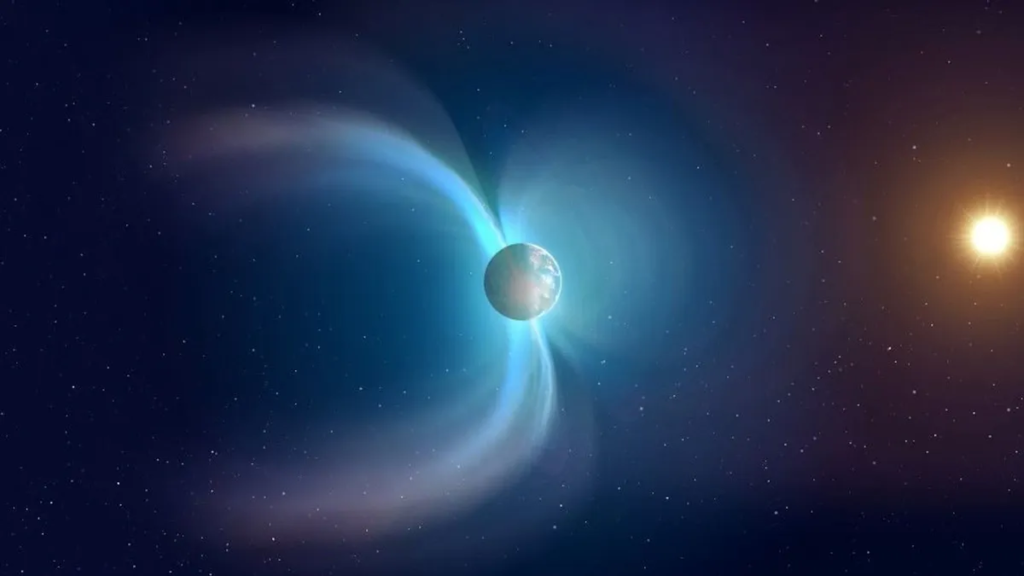Earth’s magnetic poles have mysteriously shifted numerous times throughout history, but what drives these pole reversals? Scientists have recently made breakthroughs in understanding the process, revealing fascinating insights about this phenomenon.

What Is Magnetic Pole Reversal?
Magnetic pole reversal occurs when the North and South Poles swap places. This reversal has happened many times over Earth’s history, with the last one occurring roughly 780,000 years ago. It’s a slow process, taking thousands of years to complete, but its impact on Earth’s magnetic field can be significant.
The Strange Secret Behind It
New research suggests that the Earth’s core plays a pivotal role in the shifting of the magnetic poles. Changes in the flow of molten iron within the core are believed to cause disturbances in the magnetic field, eventually leading to a full reversal.
Potential Implications
While a magnetic pole reversal is not expected anytime soon, the phenomenon could disrupt navigation systems and satellite communication if it were to occur. However, life on Earth has survived past reversals, and scientists are continually studying its potential effects.
Conclusion
The mystery of magnetic pole reversal is slowly being unraveled. Understanding this phenomenon not only sheds light on Earth’s magnetic history but also prepares us for possible future changes in the planet’s magnetic field.
About The Author
You may also like
-
NASA Is Already Talking Publicly About Life on Mars, and This Could Be the Proof
-
It Is Not Surprising That the Central Bank Did Not Change Its Key Interest Rate
-
The United States Will Give Ukraine $20 Billion
-
For This Reason, America Became the Name of the New Continent
-
Did an Antarctic Civilization Exist? Scientists Doubt This
